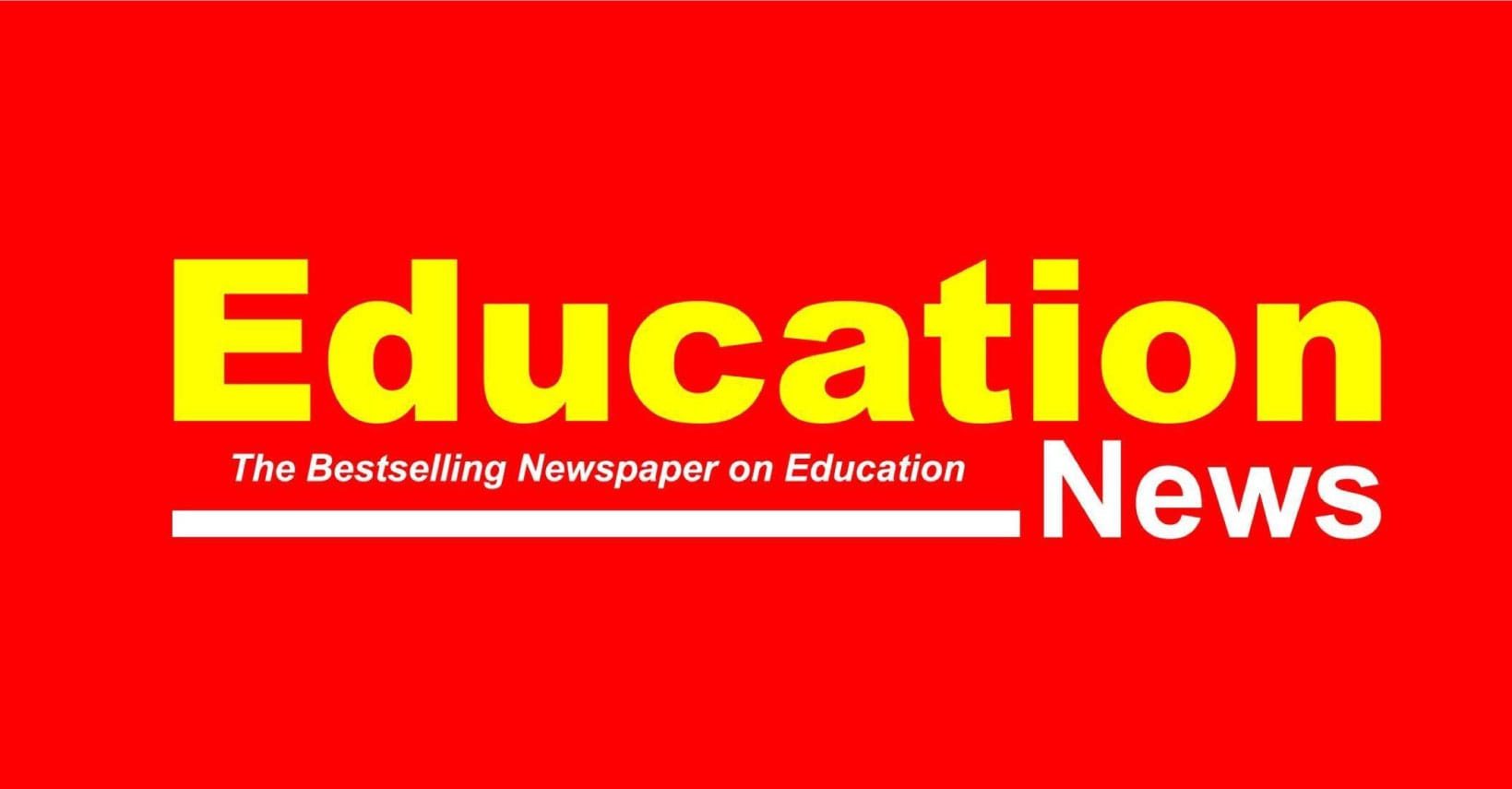For over a decade, the textbook market in Kenya has been in a state of quiet turbulence, not because of policy upheavals or radical curriculum shifts, but due to the relentless movement of publishers’ sales representatives from one firm to another. At first glance, this might seem like a normal part of career progression. After all, people change jobs all the time in search of better pay, improved working conditions or new challenges. However, in the delicate ecosystem of school book listing, this churn has created more confusion than conviction, weakening the very foundations of trust and stability that the industry relies on.
Sales representatives are the bridge between publishers and schools. They are the ones who physically walk into staffrooms, attend heads’ meetings and sit down with teachers to pitch the merits of their textbooks. Their persuasion, relationships and personal credibility often play as big a role in book adoption as the quality of the books themselves. But when a representative moves from Publisher A to Publisher B, the same charisma, charm and trust they built in the previous role is redirected to a new set of products. The result is a pendulum effect: one year a school is convinced to list Publisher A’s books and the very next year the same representative – now wearing a different badge – comes back to promote Publisher B’s books with equal enthusiasm and conviction.
This has several consequences. First, it breeds market confusion. Schools, especially those without strong internal review systems, can find themselves wondering whether a shift in recommendations is truly about improved content or simply about the salesperson’s new employer. Teachers and procurement officers, already overwhelmed by syllabus changes and administrative pressures, often have little time to deeply compare competing books. In the absence of a robust vetting process, personal persuasion becomes the deciding factor, and that persuasion is tied more to the representative than to the publisher.
Second, it undermines loyalty. In business, loyalty is currency. But in the textbook market, where the relationship between a school and a publisher is mediated by the salesperson, that loyalty is fragile. When the person schools have trusted for years suddenly begins advocating for a competitor, it sends mixed signals. Schools may feel betrayed, or at least cautious. They might conclude that if the person who once swore by a certain set of books can so quickly shift allegiances, perhaps the quality differences between publishers are not as significant as they were led to believe. Over time, this erodes trust not just in the individual but in the publishers themselves.
ALSO READ;
JKUAT, ARC Ride partner to boost e-mobility research and training
Third, this constant switching disrupts curriculum continuity. While teachers are generally capable of adapting to new materials, frequent changes in core textbooks can be destabilizing. Different publishers structure content differently, use varied terminologies, and emphasize certain skills or topics more than others. This can lead to gaps in coverage, especially for students who move between schools that have adopted different publishers’ books. Continuity is especially important in lower grades, where foundational skills in literacy and numeracy are built progressively. When the core learning materials keep changing, students may struggle with inconsistencies, and teachers may waste valuable time re-aligning lesson plans.
Fourth, it introduces instability in pricing and procurement policies. Each publisher comes with its own discount rates, bundling offers, and credit terms. Schools that switch frequently may find themselves locked out of long-term benefits or bulk purchase advantages that come with sustained relationships. In some cases, they may even end up paying more over time, particularly if the new arrangement includes hidden costs like mandatory teacher training or the purchase of supplementary materials.
The root of this problem lies partly in the sales culture of the publishing industry. Many publishers operate on aggressive targets, where sales representatives are rewarded for volume rather than the long-term impact of their placements. Retention of skilled sales staff becomes secondary to immediate sales performance. As a result, representatives are constantly on the lookout for the next lucrative offer from a competing publisher. The industry has, in effect, created a revolving door of talent, highly skilled and experienced, but in perpetual motion.
There is also the issue of over-reliance on personal relationships in book selection. In an ideal system, schools would base their book choices on transparent, objective criteria: alignment with curriculum standards, accuracy of content, quality of exercises, durability of materials, and affordability. But in reality, many decisions are swayed by the rapport between teachers and salespeople, or by the incentives (sometimes bordering on unethical) that come with the pitch. When those relationships are disrupted by job changes, decision-making becomes reactive rather than strategic.
ALSO READ;
One way to counter this is to strengthen institutional, rather than personal, relationships between publishers and schools. This means creating formal engagement channels where the publisher’s identity, values, and product quality are clearly understood and documented, independent of individual salespeople. It also means having school-based book selection committees that review materials systematically, perhaps on a fixed cycle, rather than reacting to every new pitch.
Another approach is to establish centralized vetting mechanisms for textbooks. The Kenya Institute of Curriculum Development (KICD) already plays a role in approving materials for curriculum use, but there could be an additional layer at the county or sub-county level where approved books are reviewed for practical classroom application. Such committees, composed of experienced teachers and education officers, could help filter out decisions made purely on persuasive charm rather than academic merit.
Ultimately, the issue of sales representatives hopping between publishers is not going away anytime soon. Career mobility is a fact of life, and talented individuals will continue to seek better opportunities. However, the industry and the education sector can mitigate the negative effects by reducing over-reliance on individuals and building stronger systems for textbook selection. Publishers, too, have a role to play in improving staff retention by offering competitive packages, professional development, and a sense of long-term purpose.
The textbook market is too important to be left to the winds of sales trends and personal career moves. At its core, this is not just a business issue – it is an education issue. The books children learn from shape their literacy, their worldview, and their preparedness for the future. Allowing constant marketing shifts to dictate those choices risks shortchanging both teachers and learners. If we can bring more stability and integrity to the process, we will be safeguarding not just a market, but a generation.
By Ashford Kimani
Ashford teaches English and Literature in Gatundu North Sub County and serves as Dean of Studies.
You can also follow our social media pages on Twitter: Education News KE and Facebook: Education News Newspaper for timely updates.
>>> Click here to stay up-to-date with trending regional stories
>>> Click here to read more informed opinions on the country’s education landscape






